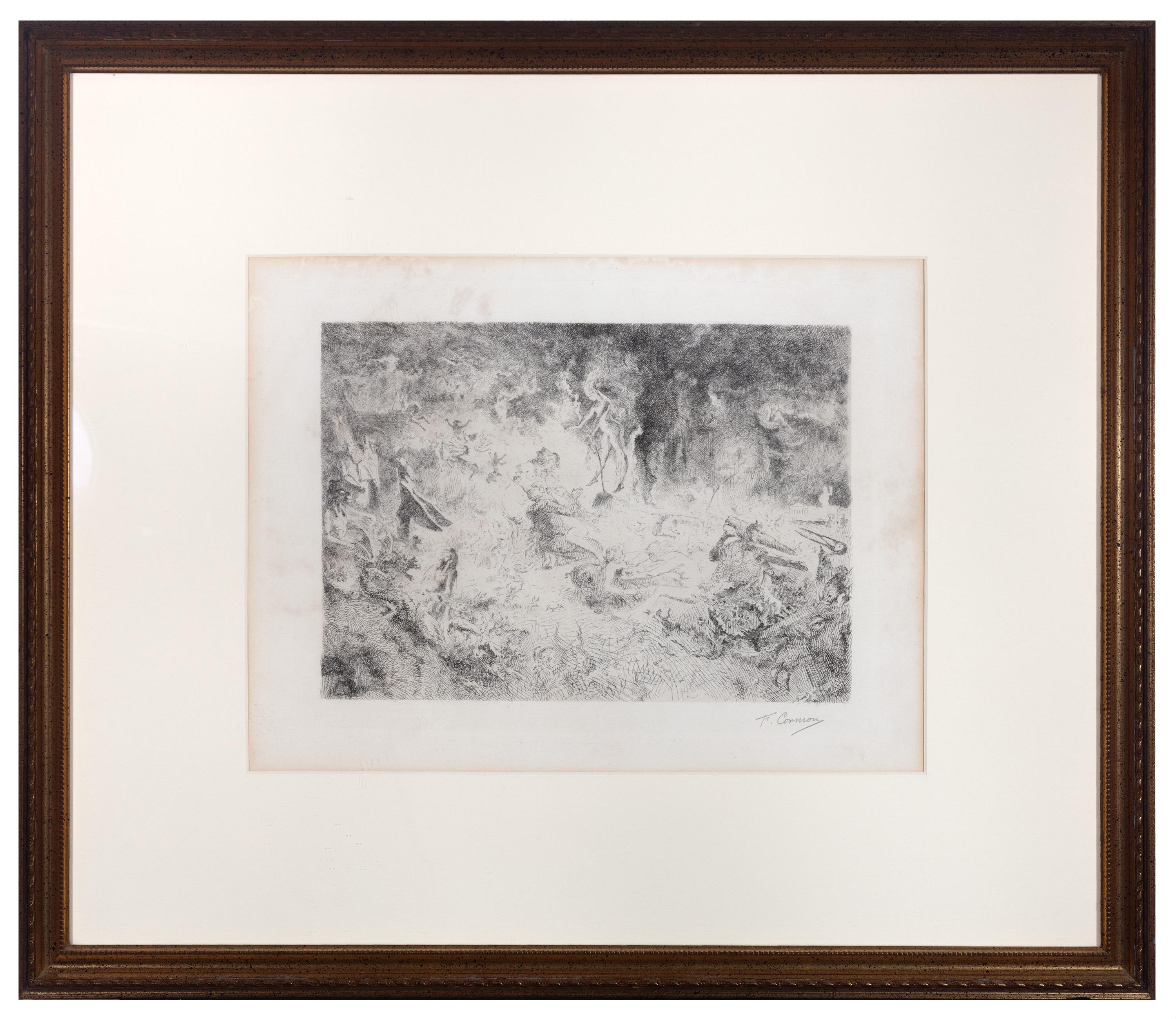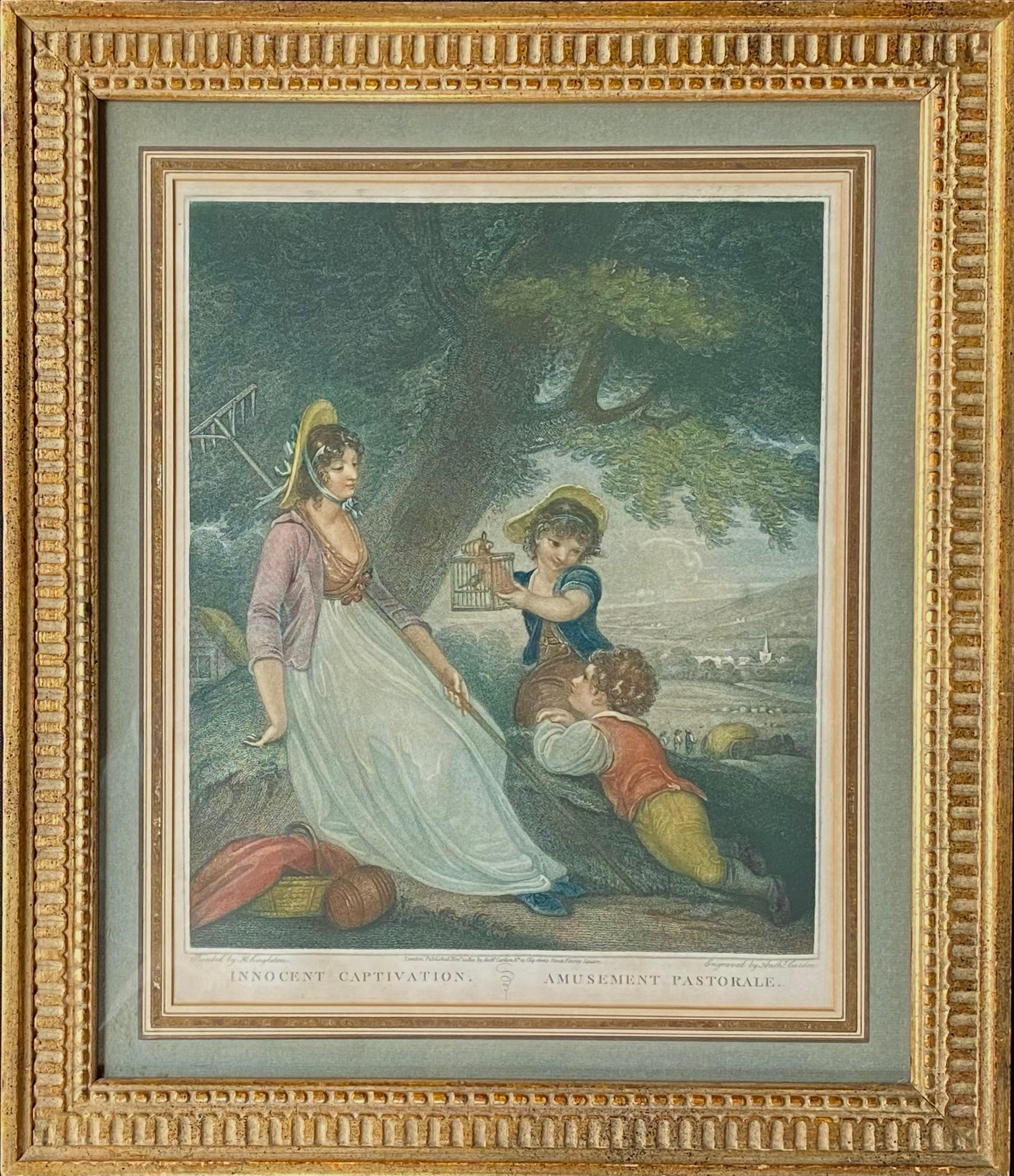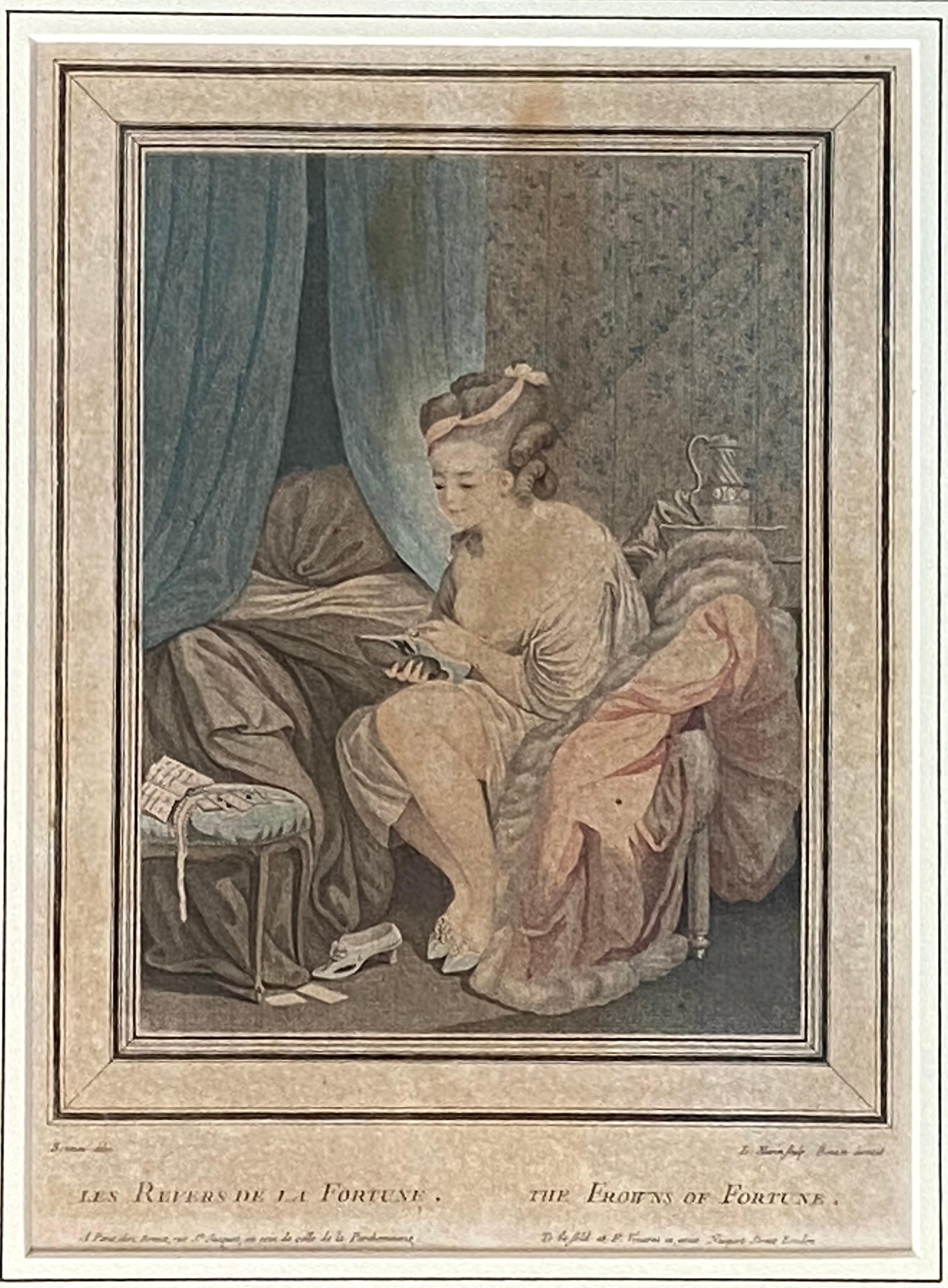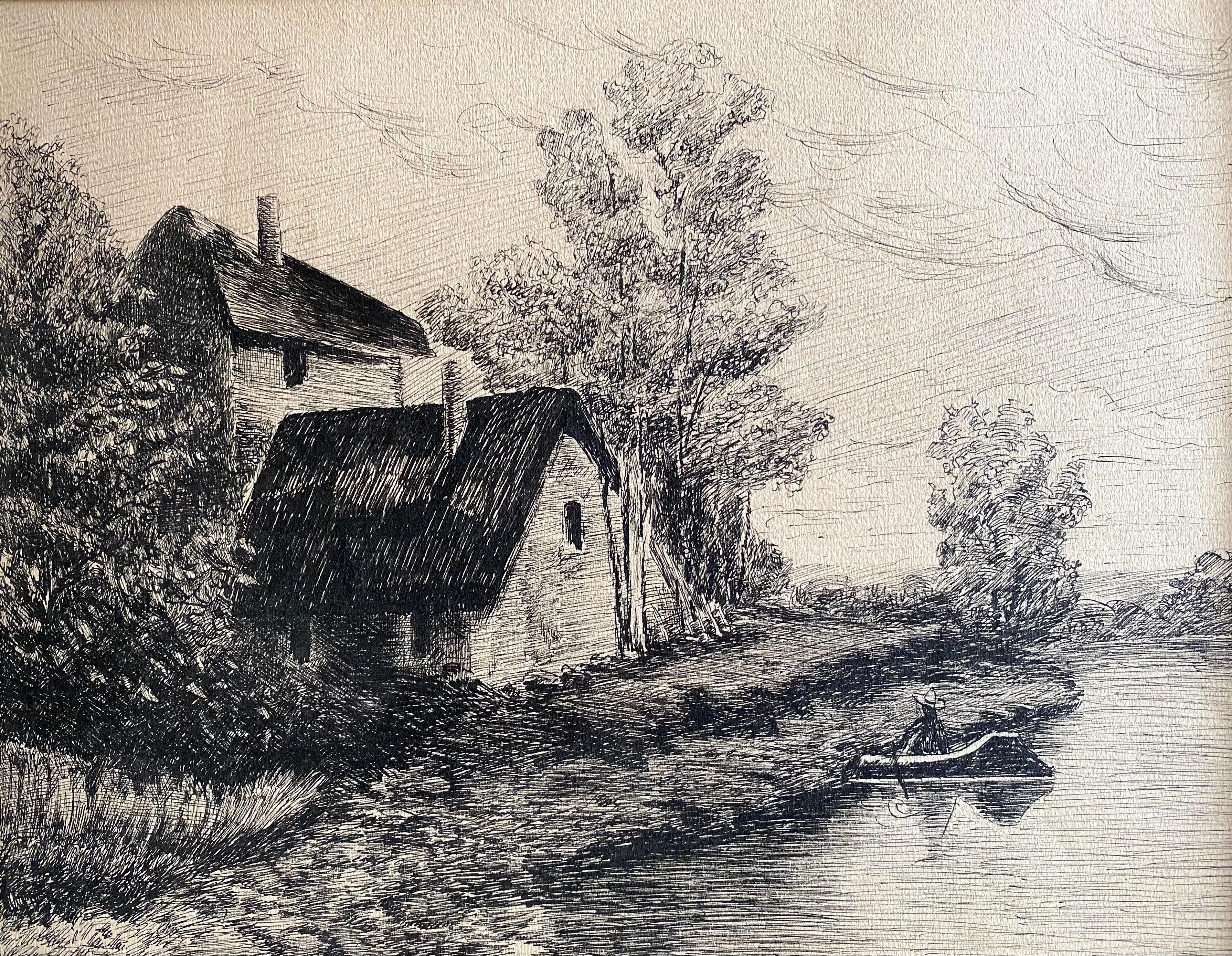Items Similar to Hemispharium Orbis Antiquri. (Ancient World)
Want more images or videos?
Request additional images or videos from the seller
1 of 7
Andreas CellariusHemispharium Orbis Antiquri. (Ancient World)1708
1708
About the Item
ANDREAS CELLARIUS.
HARMONIA MACROCOSMICA.
(Celestial Atlas of Harmony).
Published by Gerad Valk and Pieter Schenck.
Amsterdam, 1708.
Engravings with original hand-color.
24.25” x 20.25”.
29 plates.
When you wish upon a star…. Ever wonder what they are? This question has plagued mankind through the centuries.
A relatively unknown figure, Cellarius was rector of a college in Hoorne, in the northern Netherlands. During this time he produced what has become the penultimate seventeenth century work on the Heavens, Harmonia Macrocosmica. These exquisite maps chart the scientific advances in astronomical information. Diagramming theories of the planets and charts of the heavens, the illustrations were spectacular examples of man’s fascination with the universe. Cellarius was able to contract one of the most prominent publishers of his time to produce the atlas, Jan Jansson.
This is arguably the greatest age in cartography. The values of both science and art were applied to each map with discoveries heralded through the use of imagination as well as fact. The universe is seen through the eyes of three great astronomers: Ptolomy, Copernicus and Brahae. Both the medieval and renaissance churches supported the Ptolomaic theory that the earth was the center of the universe with all the heavenly bodies orbiting around it. Copernicus commits heresy with his illustration of a solar system. As a measure of support, Brahae reconciles the two theories to create a terrestrial system with the remaining planets orbiting the sun and the earth. It would be over a century before one theory would be recognized as accurate.
The values of both science and art were applied to each map with discoveries heralded through the use of imagination as well as fact. Note the whimsical cherubs bearing transits and compasses as they float in the clouds above the astronomers who discuss and record studied observations. We also see that astronomy is partnered with astrology, each sharing in importance. It is a time of wonder when art and science communicate the curiosity of man.
Complete with detailed text, this volume was to gain immense notoriety. The 1660 atlas was reprinted in 1661 due to its popularity. In 1708, Gerald Valk and Pieter Schenck very noticeably engraved their names onto the plates and reissued the atlas exactly as Cellarius had done forty-eight years earlier.
Reference: Maps of the Heavens. Snyder. Abbeville Press. New York, 1984.
- Creator:Andreas Cellarius (1596 - 1665, Dutch, German)
- Creation Year:1708
- Dimensions:Height: 31 in (78.74 cm)Width: 34.5 in (87.63 cm)Depth: 1.5 in (3.81 cm)
- Medium:
- Movement & Style:
- Period:
- Condition:Original hand-color. Full margins.
- Gallery Location:Florham Park, NJ
- Reference Number:
About the Seller
5.0
Vetted Seller
These experienced sellers undergo a comprehensive evaluation by our team of in-house experts.
1stDibs seller since 2014
163 sales on 1stDibs
Typical response time: 2 hours
- ShippingRetrieving quote...Ships From: Florham Park, NJ
- Return PolicyA return for this item may be initiated within 1 day of delivery.
More From This SellerView All
- #65. Aloe FeroxBy Johann Wilhelm WeinmannLocated in Florham Park, NJJOHANN WILHELM WEINMANN. Phytanthoza Iconographia…. Published by Raisbonae. Regensburg, 1735-47. Engraved by J.J. Haid, J.E. Ridinger, B. Seuter and G.D. Ehret. Hand-colored mezzotin...Category
18th Century and Earlier Academic Prints and Multiples
MaterialsGold Leaf
- Oracoli....By Jacopo GuaranaLocated in Florham Park, NJJACOPO GUARANA. (1720 – 1808). “Oracoli auguri, aruspici, sibille, indovini della religione pagna.” Venice, 1792. Engraving with modern hand-coloring. 12” x 14.5” unframed. ...Category
18th Century and Earlier Academic Prints and Multiples
MaterialsWatercolor, Plexiglass, Laid Paper, Ink, Archival Tape, Archival Paper
- Purple Grapes.By Maria Sibylla MerianLocated in Florham Park, NJThis piece would pair well with Maria Sibylla Merian's "Green Grapes; which is also listed. MARIA SIBYLLA MERIAN (1647-1717) Metamorphosis Insectorum Surinamensium… (Insects of Su...Category
18th Century and Earlier Academic Prints and Multiples
MaterialsSilk, Archival Paper, Archival Tape, Gesso, Handmade Paper, Laid Paper, ...
- Meriana (Bugle Lily)By Georg Dionysius EhretLocated in Florham Park, NJGEORGE DIONSYSIUS EHRET (1708-1770). Plantae Selectae.... Text by Dr. Christoph Trew. Drawn by Georg Dionsysius Ehret. Engraved by Johannes Jacobus and Johannes Elias Haid. Nuremberg, 1750-73. Hand-colored engravings. Titles highlighted with goldleaf. 100 plates. 19.5” x 13.5” Unframed. A supplement of 20 plates issued by B.C. Vogel in 1790. "The dominant influence in botanical art during the middle years of the 18th century." "One of the finest records of cultivated flowers..." "His accuracy and general excellence as a true botanical artist have never been equaled." Ehret’s praises have been sung throughout the centuries. While his training was in gardening, Ehret's true talents were in his art. Drawing the specimens from life in the garden's in which he labored won Ehret his employer's praise and his co-workers jealousy. Not only were his botanical portraits highly accurate in every technical detail, they reflected an awe-inspiring love of subject. A restless man, Ehret wandered from Heidelberg through Germany to Vienna and Basle, working his way to Paris and finally settling in London. He was honored by peers and patrons wherever he traveled. Ehret's list of benefactors include the most brilliant and generous members of society in his day. However, it was Christoph Trew, a wealthy physician, lifelong supporter and friend, who published the work for which Ehret is best known, Plantae Selectae. Ehret went to Leiden to meet Carolus Linnaeus and they became the best of friends. It is the Linnaen classification of plants to which Ehret subscribed. In distinguishing of the sexual systems of plants and the cross-sectioning of specimens, based on the teachings of Linnaeus, Ehret's illustrations have become the standard followed by horticulturists throughout the centuries. Ehret is the only foreigner to be elected a Fellow of the Royal Society in England. The illustrations for Plantae Selectae were printed in black and white and painstaking colored by hand at the time of publication. The color is superb! All of the initial words of the titles were gilded; a glorious tribute to an achievement of excellence. Various scholars at the time of publication praised the book highly, singling out the excellent quality of Ehret's watercolor studies, as well as Haid's fidelity to them. In a letter to Linnaeus in the 1750's, Dr. Trew called the book "one of the miracles of our century in the natural sciences." In the 1960's, Claus Nissen wrote "the Plantae Selectae became the most beautiful German plant...Category
1750s Academic Prints and Multiples
MaterialsGold Leaf
- Urtica (Nettle)By Georg Dionysius EhretLocated in Florham Park, NJGEORGE DIONSYSIUS EHRET (1708-1770). Plantae Selectae.... Text by Dr. Christoph Trew. Drawn by Georg Dionsysius Ehret. Engraved by Johannes Jacobus and Johannes Elias Haid. Nuremberg...Category
1750s Academic Prints and Multiples
MaterialsGold Leaf
- Heliocarpus (Tree, Malvales)By Georg Dionysius EhretLocated in Florham Park, NJGEORGE DIONSYSIUS EHRET (1708-1770). Plantae Selectae.... Text by Dr. Christoph Trew. Drawn by Georg Dionsysius Ehret. Engraved by Johannes Jacobus and Johannes Elias Haid. Nuremberg, 1750-73. Hand-colored engravings. Titles highlighted with goldleaf. 100 plates. 19.5” x 13.5” Unframed. A supplement of 20 plates issued by B.C. Vogel in 1790. "The dominant influence in botanical art during the middle years of the 18th century." "One of the finest records of cultivated flowers..." "His accuracy and general excellence as a true botanical artist have never been equaled." Ehret’s praises have been sung throughout the centuries. While his training was in gardening, Ehret's true talents were in his art. Drawing the specimens from life in the garden's in which he labored won Ehret his employer's praise and his co-workers jealousy. Not only were his botanical portraits highly accurate in every technical detail, they reflected an awe-inspiring love of subject. A restless man, Ehret wandered from Heidelberg through Germany to Vienna and Basle, working his way to Paris and finally settling in London. He was honored by peers and patrons wherever he traveled. Ehret's list of benefactors include the most brilliant and generous members of society in his day. However, it was Christoph Trew, a wealthy physician, lifelong supporter and friend, who published the work for which Ehret is best known, Plantae Selectae. Ehret went to Leiden to meet Carolus Linnaeus and they became the best of friends. It is the Linnaen classification of plants to which Ehret subscribed. In distinguishing of the sexual systems of plants and the cross-sectioning of specimens, based on the teachings of Linnaeus, Ehret's illustrations have become the standard followed by horticulturists throughout the centuries. Ehret is the only foreigner to be elected a Fellow of the Royal Society in England. The illustrations for Plantae Selectae were printed in black and white and painstaking colored by hand at the time of publication. The color is superb! All of the initial words of the titles were gilded; a glorious tribute to an achievement of excellence. Various scholars at the time of publication praised the book highly, singling out the excellent quality of Ehret's watercolor studies, as well as Haid's fidelity to them. In a letter to Linnaeus in the 1750's, Dr. Trew called the book "one of the miracles of our century in the natural sciences." In the 1960's, Claus Nissen wrote "the Plantae Selectae became the most beautiful German plant...Category
1750s Academic Prints and Multiples
MaterialsGold Leaf
You May Also Like
- "The Temptation of Saint Anthony " Etching, SignedBy Fernand CormonLocated in Milwaukee, WI"The Temptation of Saint Anthony" is an original etching by Fernand Cormon. This piece has the artist's stamp. The piece is signed in pencil by the artis...Category
1890s Academic Figurative Prints
MaterialsEtching, Paper, Ink, Laid Paper
- “Innocent Captivation Amusement Pastorale”By Anthony CardonLocated in Southampton, NYOriginal stipple engraving on a verge type of hand laid paper. The overall size of the engraving is 15.75 inches by 12.75 inches The image size of the engraving is 14 inches by 12 i...Category
Early 1800s Academic Figurative Prints
MaterialsEngraving, Laid Paper
- “Les Revers de la Fortune”Located in Southampton, NYOriginal stipple engraving with colors titled “Les Revers de la Fortune” (Reversal of Fortune) by the well known French engraver, Louis Marin Bonnet...Category
1780s Academic Interior Prints
MaterialsLaid Paper, Engraving
- “Returning Home”By Hermanus Jan Hendrik RijkelijkhuysenLocated in Southampton, NYOriginal etching on Ingres laid paper (watermarked, see last photograph) attributed to the hand of the well known Dutch artist, Hermanus Jan Hendrik Rijkelijkhuysen. No visible signature. Sheet size 9.25 by 12 inches. Sight size 7 by 9 inches. Under glass. Circa 1875. Condition is excellent. Professionally matted and framed in a walnut colored frame with gold leaf edge. Overall framed measurements are 12.75 by 14.5 inches. Gallery label verso. Provenance: A Sarasota, Florida collector. Biography: Hermanus Jan Hendrik Rijkelijkhuysen (1813-1883) was a landscape painter and etcher. Rijkelijkhuysen spent most of his life working in the vicinity of his birthplace Utrecht. Inspired by the polders on the one hand and the Utrechtse Heuvelrug on the other, he mainly painted and etched water...Category
1870s Academic Landscape Prints
MaterialsLaid Paper, Etching
- “On the Seine, Paris”By Hans FiguraLocated in Southampton, NYOriginal aquatint etching of working river barges on the Seine in Paris, France. A horse drawn cart is seen loading or unloading product. Circa 1900. Si...Category
Early 1900s Academic Landscape Prints
MaterialsArchival Paper, Aquatint
- Duke of WellingtonLocated in Aberdeen Dyce, GBDuke of Wellington by Vladislav Khristenko Size of the image - 25 x 15 cm Size of the list - 34 x 22.5 cm Size in frame - 42 x 32 cm Etching and aquatint on paper #15 from edition ...Category
2010s Academic Animal Prints
MaterialsEtching, Aquatint, Paper
Recently Viewed
View AllMore Ways To Browse
Antique World
World Plate
Ancient Figure
Antique World Atlas
Ancient Church
Ancient World Map
Antique World Map Art
18th Century Compass
Antique Map New York
Antique Maps New York
Antique Map Of New York
Antique World Chart
Celestial Terrestrial
Cherub Prints
Antique Transits
Antique Diagrams
Antique Solar
Astrology Plate





